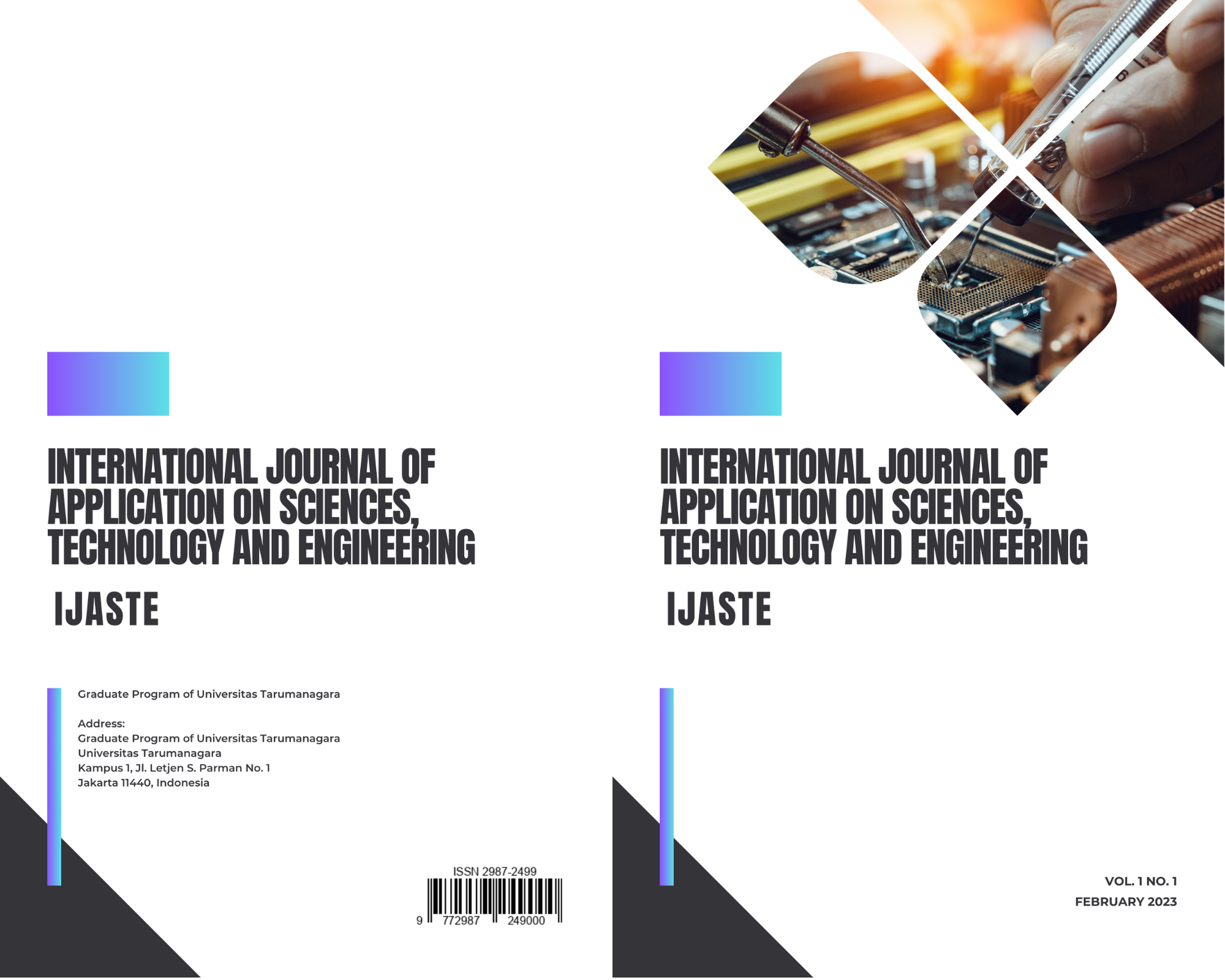Village Fund Allocation for Disaster Mitigation: Solution or Another Gimmick?
Main Article Content
Abstract
Since 2014, the government has implemented a Village Fund program for all villages in Indonesia, with the intention of stimulating village development while also ensuring rural communities' welfare. This stimulus is augmented by the need that each village allocate a maximum of 35% of the Village Fund to disaster management and its impact on the community, especially in the wake of the 2020 pandemic. By undertaking ethnographic research in six villages in Bekasi, West Java, this article demonstrates that no village has reserved more than 11% of the Village Fund for disaster management, and even then, the proportion must be divided by the quantity of Direct Cash Assistance allocated to deal with the impact of COVID-19. Two factors contribute to this issue. To begin, the government's policy is paradoxical, mandating an allocation for disaster management but restricting it at a certain sum, mainly at maximum ceiling, allowing villages to reduce disaster mitigation contributions. Second, the Village Fund is fully prepared during the Village Development Plan Deliberation, so that if the deliberation participants do not prioritize disaster mitigation, the allocation for disaster mitigation will always be less than the allocation for social facility improvement. These issues are worsened further by the Village Fund's secretive use and lack of government accountability, rendering the Village Fund inefficient at mitigating disasters that affect the community as victims.
Article Details

This work is licensed under a Creative Commons Attribution-NonCommercial-ShareAlike 4.0 International License.
References
Badan Nasional Penanggulangan Bencana, “Bencana Alam Tahun 2020,” Annual Report BNPB, Jakarta, 2021.
K. U. Noer and N. L. G. Madewanti, J. Stud. Pemerintahan 11, 370–400 (2020).
K. U. Noer, Community Empower., 6, 864–876 (2021).
Menteri Desa Pembangunan Daerah Tertinggal dan Transmigrasi Republik Indonesia, Peraturan Menteri Desa, Pembangunan Daerah Tertinggal, dan Transmigrasi Nomor 7 Tahun 2021 Tentang Prioritas Penggunaan Dana Desa Tahun 2022. Ministrial Regulation, Jakarta, 2021.
Undang-Undang Republik Indonesia, Undang-Undang Republik Indonesia Nomor 6 Tahun 2014 Tentang Desa. 2014, p. 6/2014.
P. R. Indonesia, Peraturan Pemerintah Nomor 60 Tahun 2014 Tentang Dana Desa Yang Bersumber Dari Anggaran Pendapatan dan Belanja Negara. Government Regulation, Jakarta, 2014.
Menteri Desa Pembangunan Daerah Tertinggal dan Transmigrasi Republik Indonesia, Peraturan Menteri Desa, Pembangunan Daerah Tertinggal, dan Transmigrasi Nomor 19 Tahun 2017 Tentang Prioritas Penggunaan Dana Desa Tahun 2018. Ministrial Regulation, Jakarta, 2017.
B. Rahmadi, MIZAN, J. Ilmu Huk. 8, 104-121 (2019).
B. P. K. R. Indonesia, “Laporan Badan Pemeriksa Keuangan Republik Indonesia Perihal Dana Desa,” 2020.
S. A. Wida, D. Supatmoko, and T. Kurrohman, e-Journal Ekon. Bisnis dan Akunt 4, 148-151 (2017).
N. Sunardi and R. Lesmana, J. Sekuritas 3, 277–288 (2020).
F. Aco, J. Enersia Publika 3, 139–155 (2019).
N. Ruru, L. Kalangi, and N. S. Budiarso, J. Ris. Akunt. 12, 83–90 (2017).
H. Wardhono, B. Budiyono, and F. K. Hartati, J. Community Dev. Soc. 2, 56–72 (2020).
E. Susanti and N. Khotimah, Geomedia Maj. Ilm. dan Inf. Kegeografian 14, 65–75 (2017).
D. Darwati, M.A. Samad, and I. S. Wekke, Collaborative Governance Dalam Pengelolaan Integrated Community Shelter Pasca Bencana di Kota Palu, (Untad Press, Palu, 2019.
K. U. Noer, S. Chadijah, and E. Rudiatin, Heliyon 7, 2020.
Y. T. Wiguna, R. Dewi, and N. Angelia, Perspektif, 6, 41–52 (2017).
L. Rumkel, B. Sam, and M. C. B. Umanailo, Adm. J. Ilm. Adm. Publik dan Pembang 11, 23–27 (2020).



